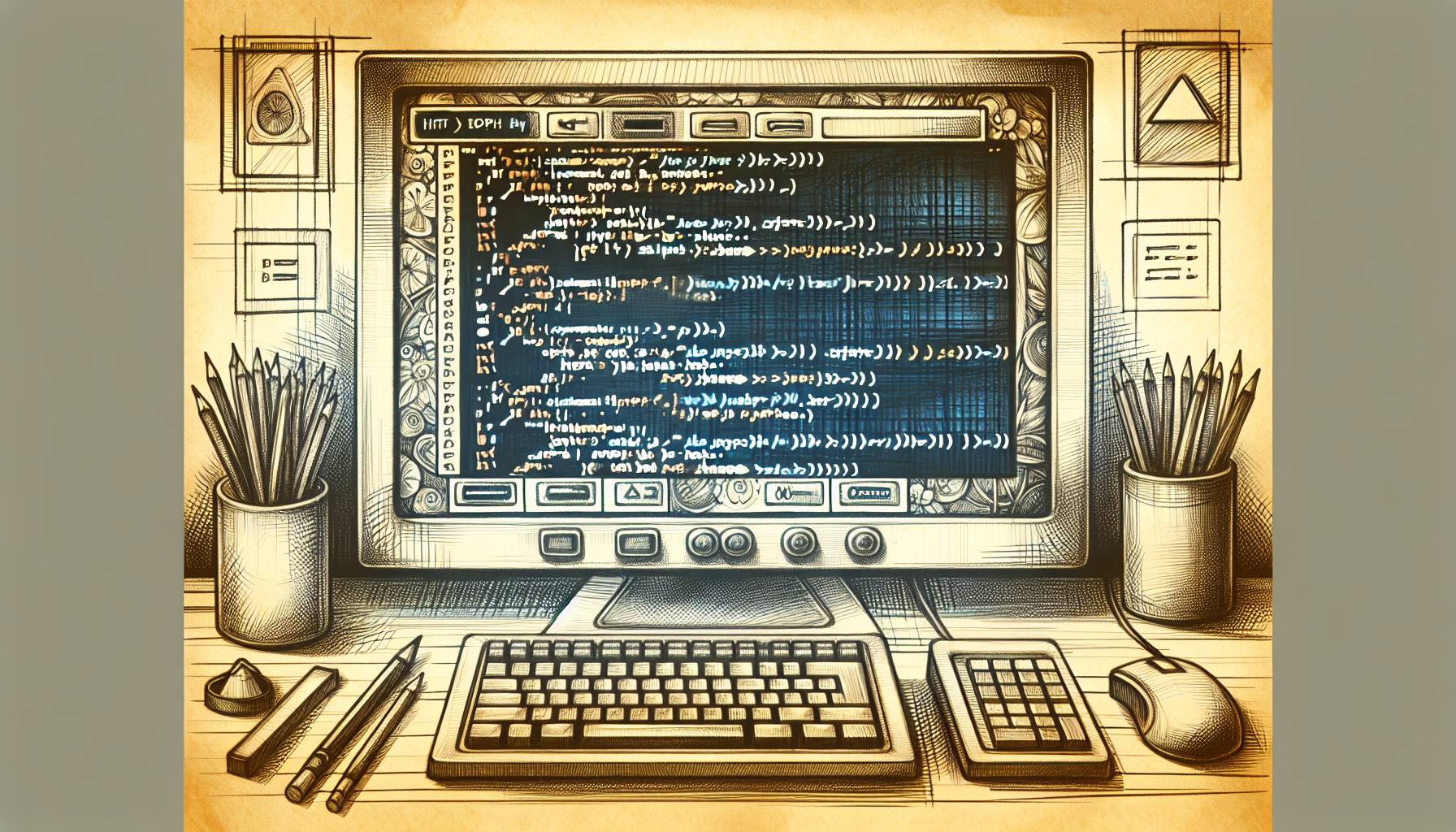Some styles of management are more concerned with people, while others are more concerned with a project or a product. The management style you choose will be determined by the abilities and knowledge of your employees. However, the task at hand, resources available, and intended results will determine which approach you use for effective management.
Effective management means knowing when to apply the right approach at the right time. It is your responsibility to determine which management style is most appropriate for every specific situation. This is essential to becoming a successful manager.
When your management style isn’t tailored to a given set of conditions, costly mistakes can occur. Therefore, use one or more of the effective management styles listed below. These approaches will motivate your employees to perform at their highest levels:
1. Participation for Everyone
In this situation, each employee is assigned a task to complete. It’s essential that the individual is aware of and understands his or her role in relation to the project. When team members understand their role, they are more driven to achieve the task at hand.
Effective management allows the necessary time to go over details and explain why each role is critical. It also allows you to find out what they think about the assignment and its significance. This will instill a sense of worth and motivate them to take ownership of their part of the project.
Furthermore, make every effort to ensure that your employees have a firm grasp of their responsibilities. Ask questions that may seem obvious to find out what they know. Even the act of asking will help an employee gain a better knowledge of their job duties.
Additionally, if duties are divided among groups, coordinate the contributions of each group. That way, everyone understands where and how they fit into the overall picture.
As a manager, prepare to make a serious effort to reduce the number of obstacles and challenges that may develop. This means informing those around you that you are happy to clear their routes. And if an issue does emerge, you are notified as soon as possible so that you can take action.
Always recognize and reward good work. However, you should also recognize and reward motivation. This will help to keep the momentum going and will communicate that you have faith in your employees’ efforts.
2. Directing Work From the Top Down
In some situations, a more direct approach to management is required to be successful. Perhaps a tight deadline is approaching, or the project involves a large number of employees. At this point, you may require the use of a top-down management style.
This means informing employees what they need to do, how they are will do it, and when to do it. This management style may appear cold and impersonal, however, you have the opportunity to be an inspiring and approachable leader.
Consider the following: When you assign tasks and responsibilities, you may also provide helpful ideas. Additionally, you might discuss experiences you had with a project similar to the one you are working on now.
When using this technique, don’t be afraid to establish high standards and expectations for yourself and others. Your communication must be straightforward, detail-oriented, and free of jargon or buzzwords. You should also create specific, short-term objectives such as, “Your objective is to complete three reports every day.”
Additionally, be able and willing to make decisions promptly. This makes it possible to direct someone to transition from one task to another. Decisions can even be made in the middle of a task if your communications are concise and clear.
If your employees are aware of the possibility this may occur, it will assist them in changing more seamlessly. In addition, make certain to reward and recognize those who have done a good job.
3. Teamwork Makes the Dream Work
Cooperation is the most effective method for managing projects and optimizing the process of completing them. In this method, you encourage individuals to share their knowledge and work together as a team. The majority of the time, teams can complete tasks more quickly than individuals.
In addition, the give-and-take of a team can help you develop a process you can use in future initiatives.
Remember that effective collaboration is dependent on the coordination of efforts among members of the team. Further, it also requires effective communication skills. Reports must be easy to read and understand, and directions must be clearly and concisely delivered.
To be effective, presentations must provide information that leaves no questions unanswered. Therefore, it’s also important to be aware of the logistics involved.
A good manager gives credit to the team for its success, rather than taking credit for their management abilities. When it’s time for employee assessments, make an effort to recognize those who were able to collaborate and preserve team spirit. This is especially true when a team has faced adversity and succeeded.
Image Credit: Yan Krukov; Pexels; Thank you!













